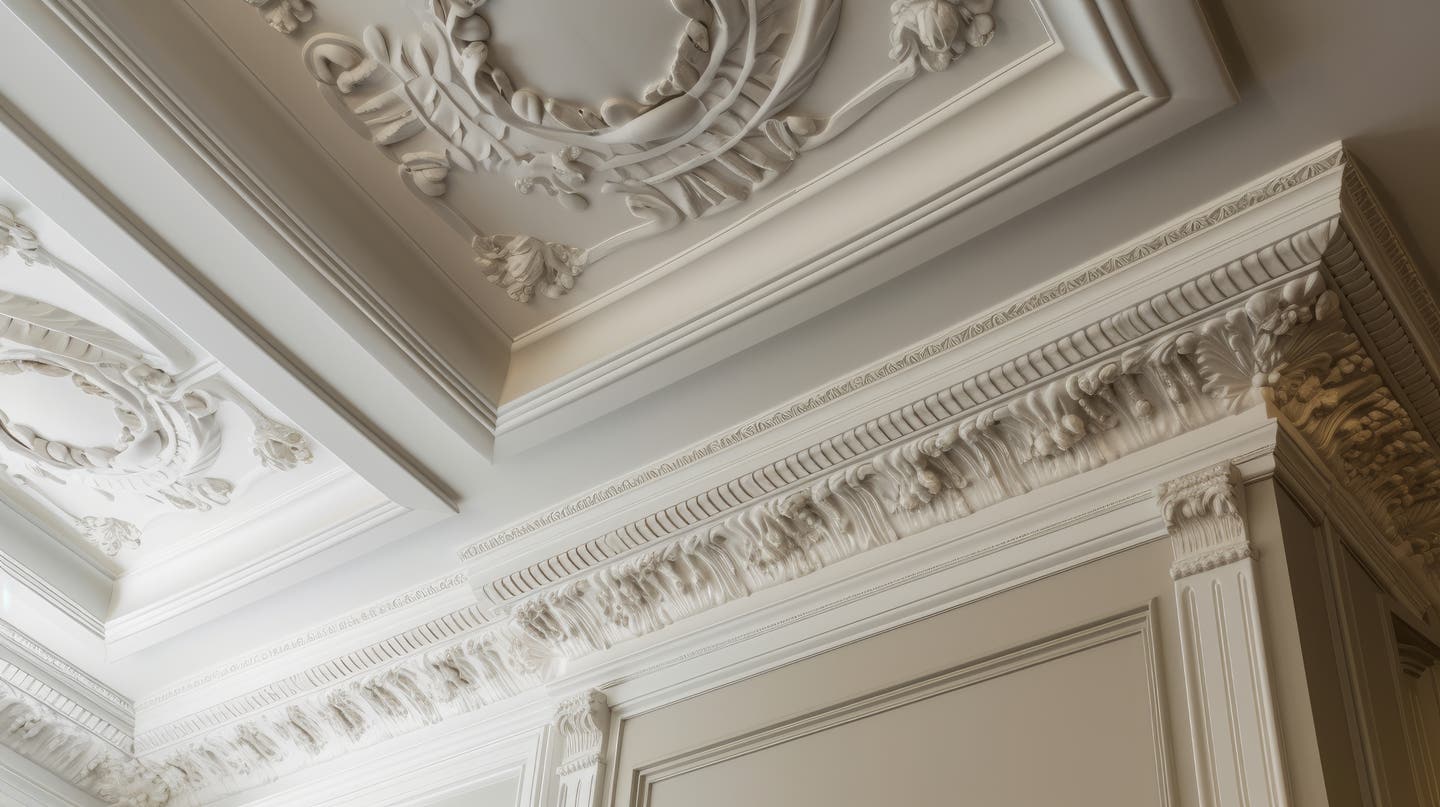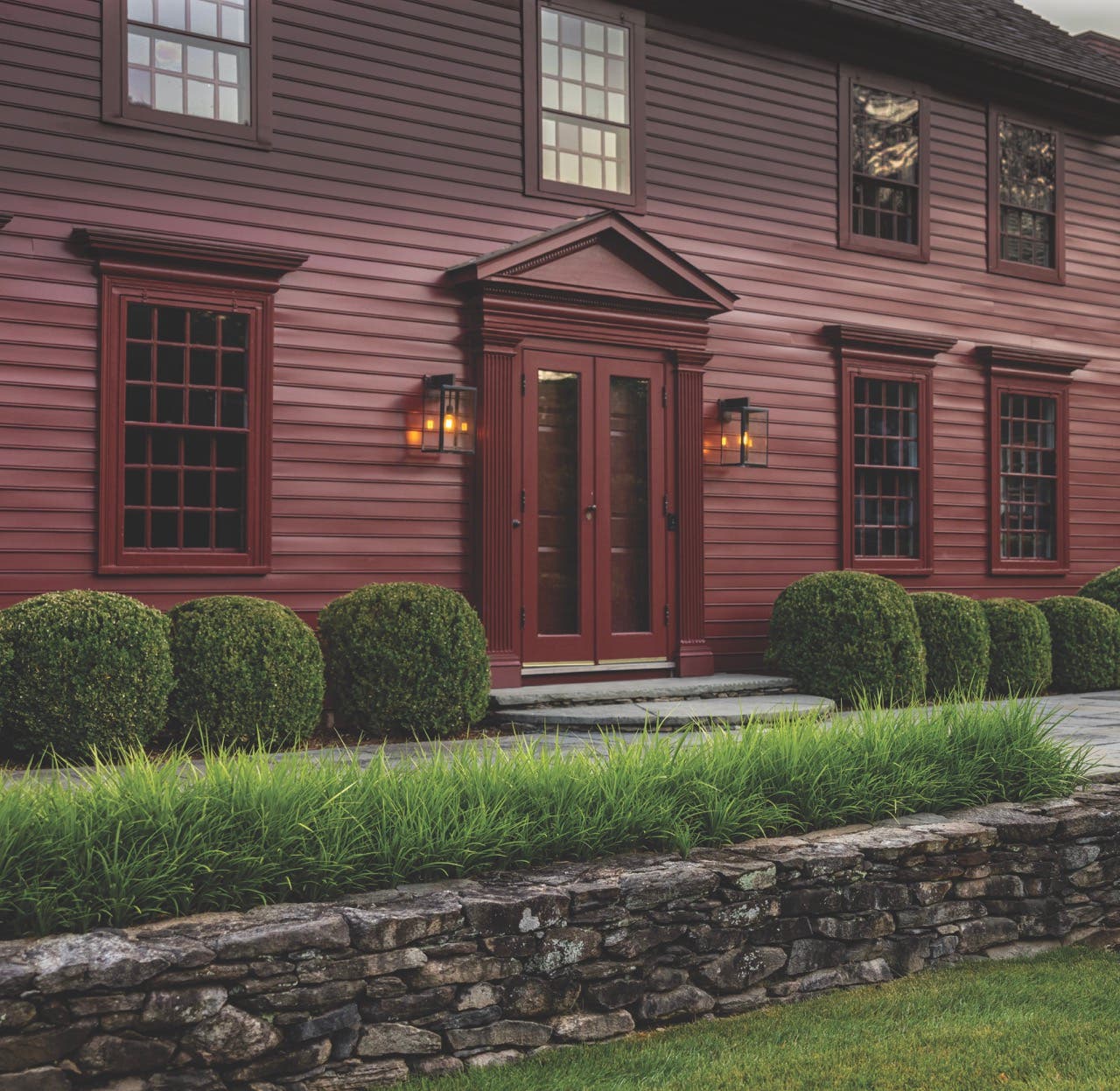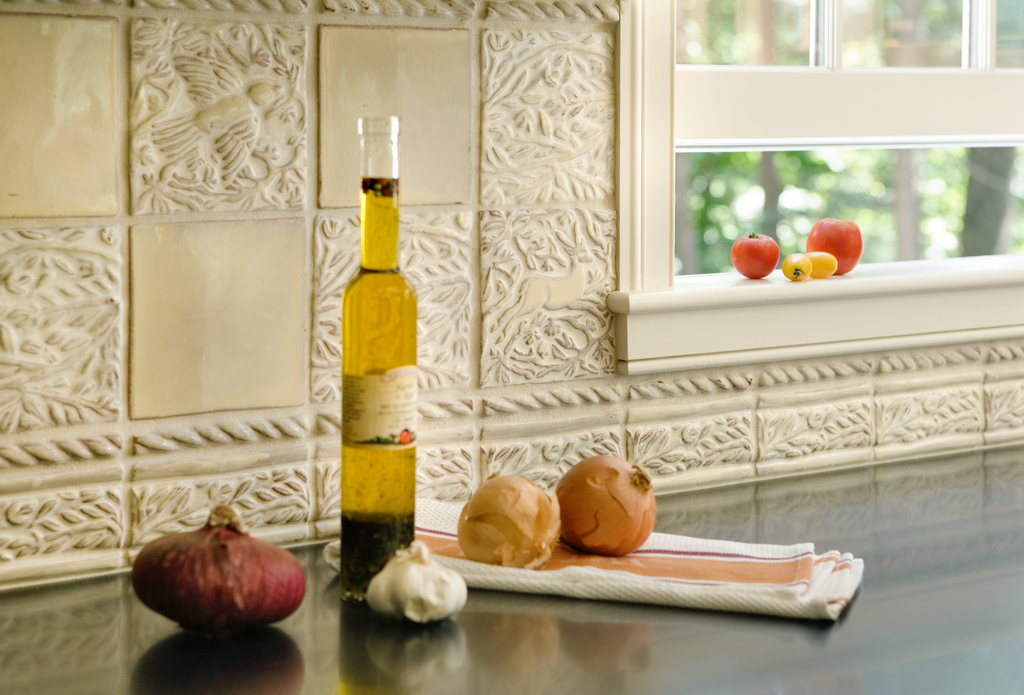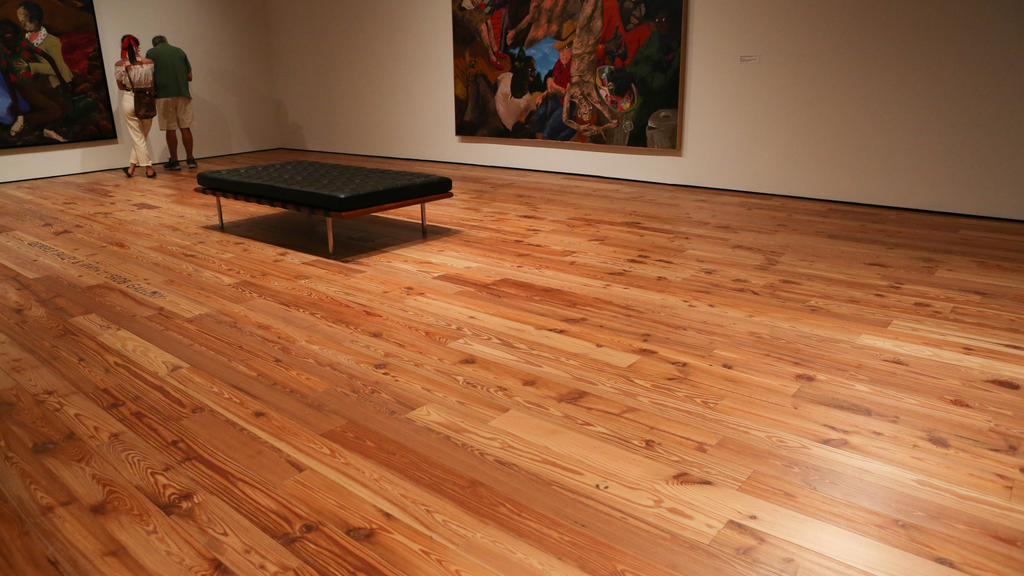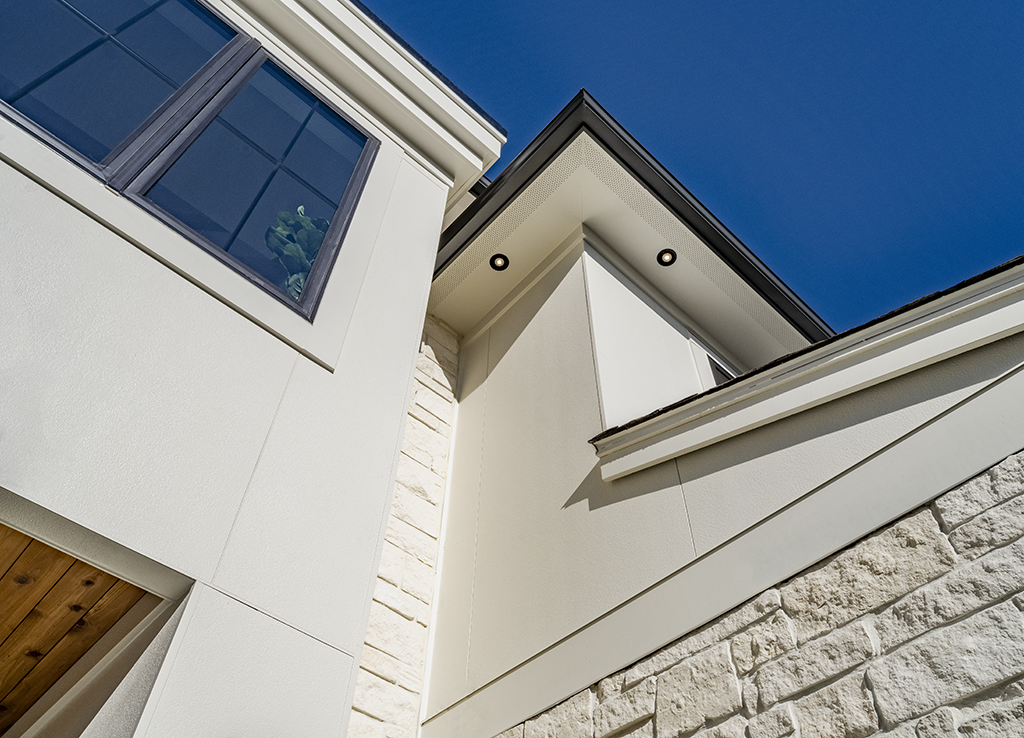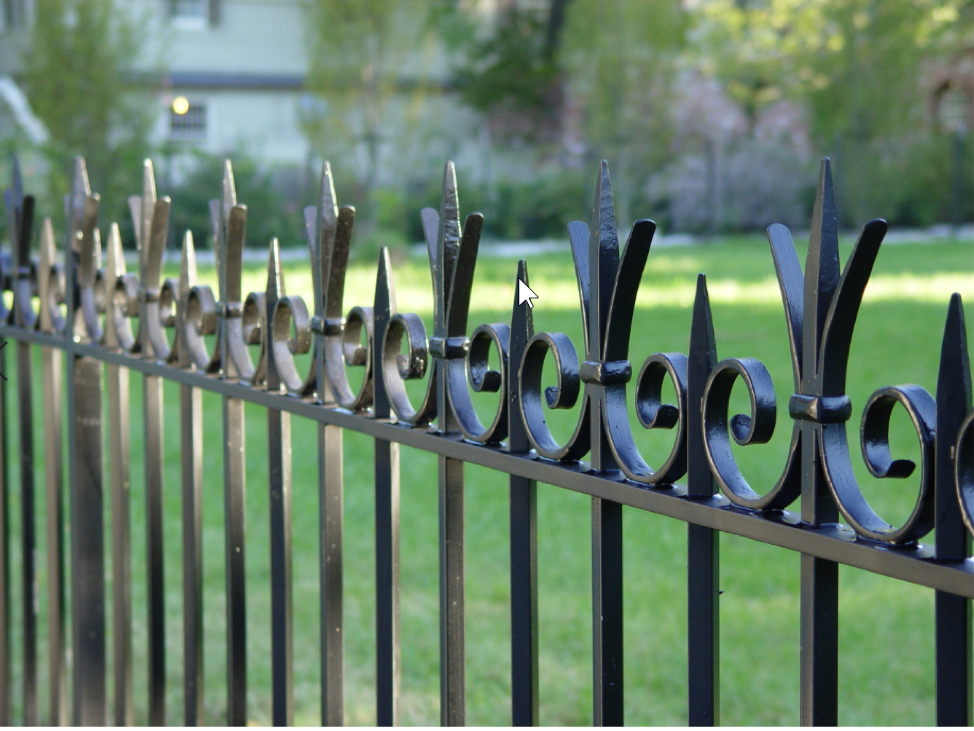
Product Reports
Options for Traditional Metal Fencing
While wood may be one of the most commons fencing materials, when it comes to enclosing traditional commercial and residential buildings, the most favored balance of versatility and durability has always been iron and steel.
Wrought Iron Fencing
An ancient material—but effectively no longer made today—wrought iron is iron ore refined with a low-carbon content (no more than 0.35%). Compared to the higher carbon content of cast iron and steel, wrought iron is close to pure iron, which makes it very malleable and readily formed into characteristic scrolls, twists and leaves.
Wrought-iron fencing and railing have European roots, and though iron was available as early as the mid-17th century from small forges like Saugus Iron Work in Saugus, MA, (established 1644, now a National Historic Site), much was also imported. By the 18th century, domestic wrought-iron fencing was more common in cities such as Charleston, SC, which produced acclaimed fences and railings by three German smiths.
At the turn of the 20th century, when steel had eclipsed iron as the dominant architectural metal, wrought iron enjoyed a rebirth in unmatched popularity and creativity. The revival was propelled not only by the rise of the Colonial Revival and Arts & Crafts movements, but also by one of the visionary masters of the ironwork craft: Samuel Yellin.
Cast Iron Fencing
An iron-carbon alloy known for centuries, cast iron did not take off as building material until the invention of the hot blast furnace in England 1824, and the switch from charcoal to coke and coal as a forge fuel. In contrast to wrought iron, cast iron cannot be hammered, twisted or otherwise fashioned by an artisan; and though good in compression, to have any strength, individual pieces had to be beefy and therefore quite heavy. However, since cast iron products were cast from molds, they could be mass produced rapidly and economically in identical forms and unlimited numbers, making it the marvel material of the Victorian age.
While cast iron could not duplicate the lithe, muscular forms of wrought-iron fencing, it could mimic the surface decorations and general shapes and outlines of objects from houses to statuary to furniture. Moreover, because it could be mass produced, cast iron made possible the order-by-catalogs products of famous foundries, such as the Wood & Perot Iron Foundry of Philadelphia that shipped cast-iron fencing and railings all over the country, bringing affordable fencing to wide ranges of the population, and becoming an iconic part of cities like New Orleans.
It is also easy to weld and less susceptible to rust than other ferrous metals. Explains Don Quick of Architectural Iron Company in Milford, PA. "Today what is commonly called wrought iron is actually mild steel bars that are heated, 'hammered,' and bent into shapes (frequently by machines) to mass produce scrolls, twisted bars and the like."
Composite Fences
By the 1850s though, they hit upon the idea of combining wire with wrought and cast iron to produce what was called a composite fence. Here, the decorative weave of a wire fence was enhanced by casting ornaments along the top rail or at strategic places where wires intersected. Composite fences were regularly used to set off featured spaces such as private yards, cemeteries and churchyards, and being relatively light and flexible they were particularly well suited to galleries and balconies—both inside as well as outside buildings—as the historic districts of cities like Savannah and New Orleans still show.
Steel Fencing
Steel, which is generally iron with not more than 2% carbon, began to displace wrought and cast iron for fence-making at the end of the 19th century along with advances in mass producing the metal. Steel ushered in a new fence type—the composite fence made of steel and malleable iron—composed of light-gauge wire that was zinc-galvanized for protection, machine woven for rapid production, then shipped in rolls for installation on posts.
Such fencing—the precursors to the chain-link fence so ubiquitous today—were widely marketed by mail-order giants Sears Roebuck and Co. and Montgomery Ward and used on farms and households alike. The popularity of metal fencing, from iron to steel woven-wire, continued apace well into the 20th century until two world wars took their toll.
World War I saw many old cast- and iron-wire fences torn up and melted down in scrap drives—the historic fence surrounding Boston Garden being a famous example. During World War II, all fence production was shifted to strictly utilitarian types, spelling the end of decorative designs for most major manufacturers.
Select Suppliers
Wiemann Metal Craft
Tulsa, OK
www.wmcraft.com
King Architectural Metals
Dallas, TX
www.kingmetals.com
Architectural Iron Company
Milford, PA
www.architecturaliron.com
Historical Arts & Casting
West Jordan, UT
www.historicalarts.com
Robinson Iron
Alexander City, AL
www.robinsoniron.com
Stewart Iron Works
Covington, KY
www.stewartironworks.com
Bill's Custom Metal Fabrication
Westbury, NY
www.ironcrafters.com
Mueller Ornamental Iron Works
Elk Grove Village, IL
www.ornamentaliron.net




